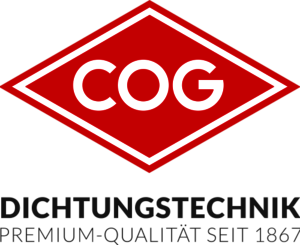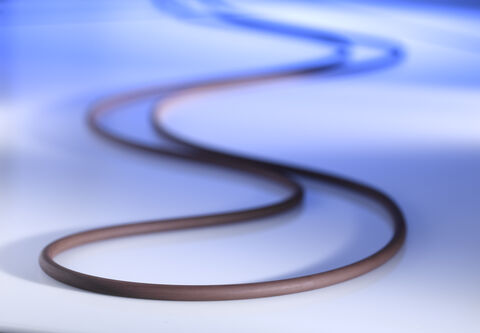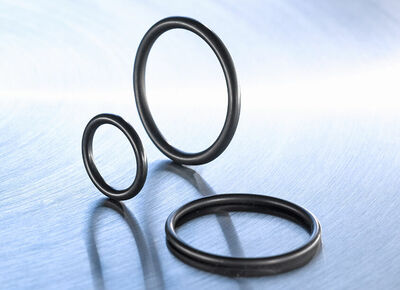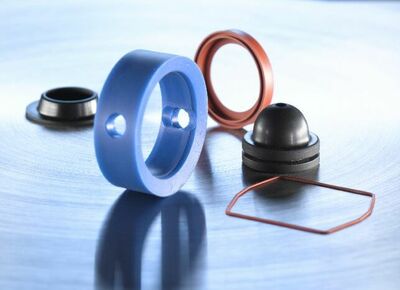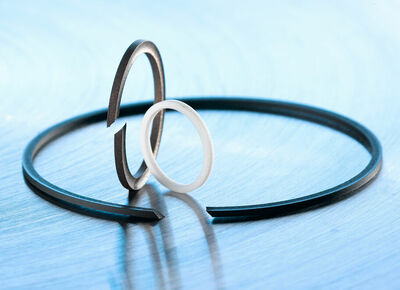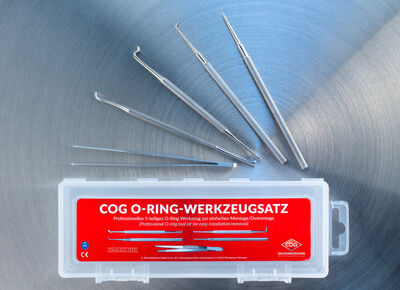A special process for special large sizes: Endless vulcanisation
How to proceed when the greatest precision is required at large diameters?
The answer: Endless vulcanisation.
COG has developed a special procedure – endless vulcanisation – in order to manufacture O-rings with a length of up to 3,000 mm (and also larger if required), with different cross sections and material types, in compliance with ISO 3601.
The highlight: This procedure enables uniform complete vulcanisation across the entire diameter. The result: very low tolerances and a high degree of precision. But there’s more: Their quality is equivalent to that of smaller precision O-rings manufactured in the usual way.
The benefits of endless vulcanisation at a glance
- Very tight dimensional tolerances compliant with ISO 3601
- Consistent cross section over the entire O-ring
- Excellent surface quality
- Low tool costs in comparison to moulded O-rings
- Available with any inner diameter of your choice, from approx. 1,400 mm to 3,000 mm, and upon request even larger
Other procedures:
Two other procedures we don't offer generally exit in the market: bonding and shock vulcanisation.
O-Rings with vulcanised joints are produced by holding the cord ends together in a special device in which the ends are then hot vulcanised with a suitable adhesive mixture.
Glued O-rings are extruded cords whose ends have been joined together using adhesive – end to end. The adhesive must be chosen according to the elastomer material used, as well as to operating conditions such as pressure, temperature and the medium being used. Generally speaking, the adhesive has different physical and chemical resistance properties to the elastomers. And this results in clear negative effects. COG therefore advises against glued procedures.
The disadvantages of these two processes compared to endless vulcanisation are the inferior physical properties in the seam area and the greater tolerances.
